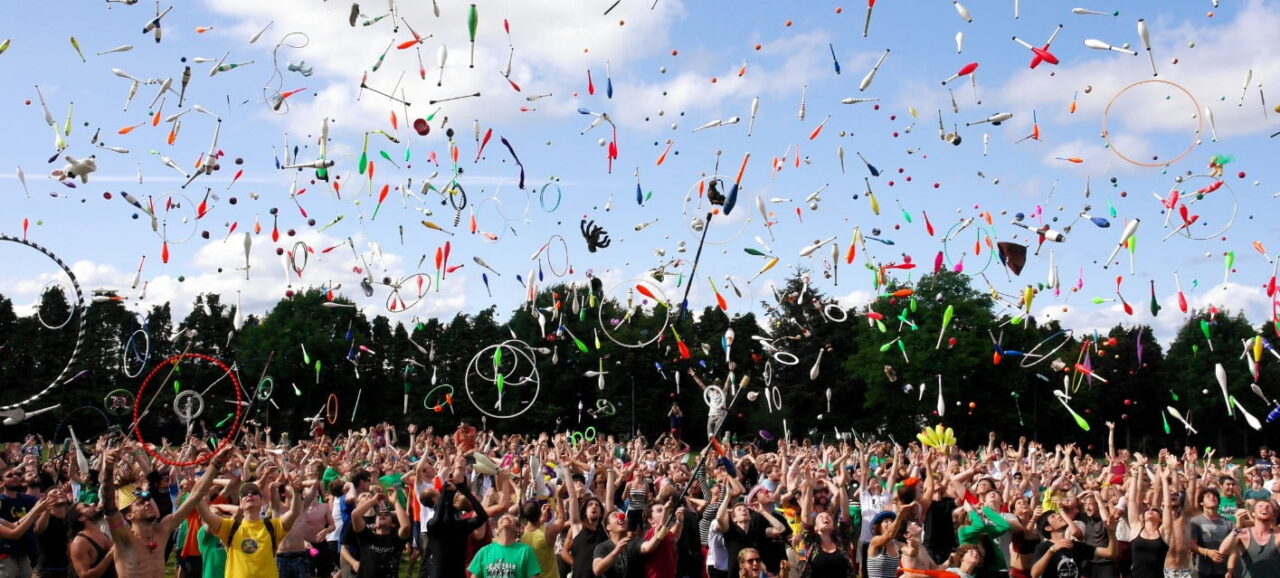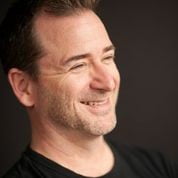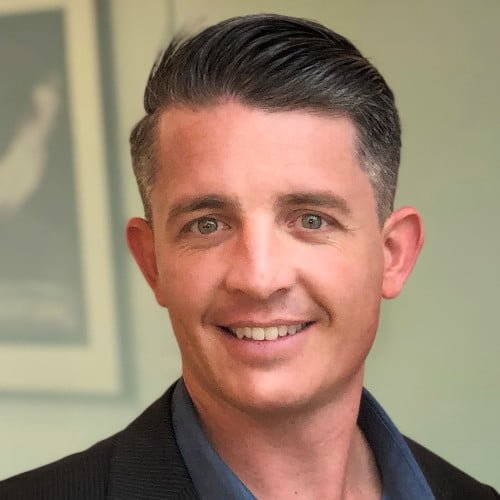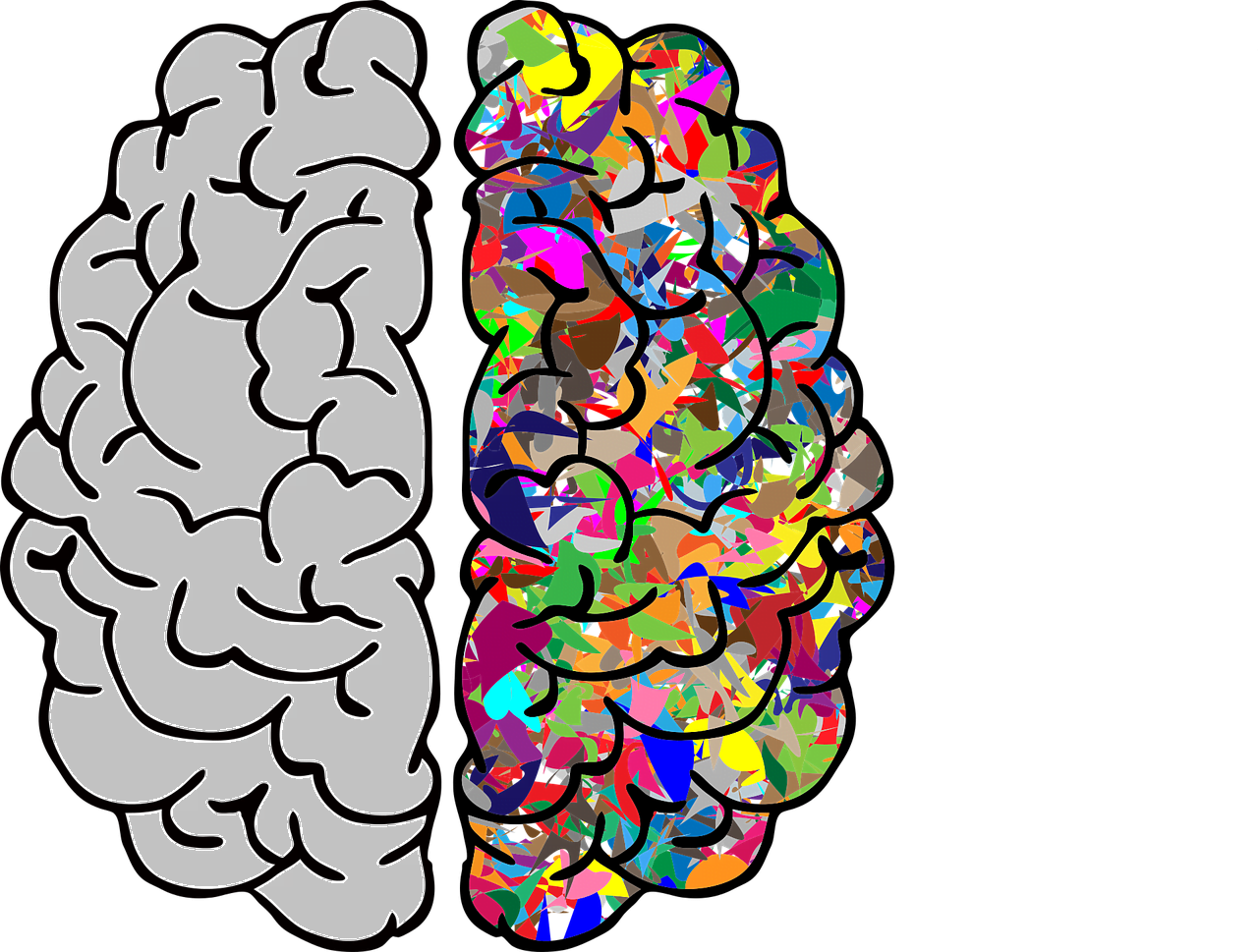Have you heard of Fyre Festival? I’d be surprised if you haven’t. It has gone viral many times, which was the intent and marketing strategy at first. More recently… the festival’s takeover of social media hasn’t been so positive.
For those that are not familiar with the story, Fyre Festival was supposed to be a luxury music festival in the Bahamas. Guests paid thousands of dollars to stay in posh tents, villas, or yachts with top acts in the lineup for the concert. Powerful marketing campaigns were launched, including a viral orange square that led you to their promo video.
Unfortunately, the festival did not live up to expectations and it went viral again when guests arrived. It became a meme factory and took over social media. For weeks, you couldn’t go to any media source without seeing something related to the festival.
Documentaries released on both Netflix and Hulu tell the stories of employees, vendors, and guests and what led up to the failed execution. The event failed early in the project lifecycle and was not able to recover. Here are some best practices for each phase of the lifecycle so that your HR project doesn’t have the same fate as the Fyre Festival.
Initiating
These are the first steps of the project. Ensure you have buy-in from key stakeholders, like senior business leaders, with a strong business case. At this step, having data and numbers to support the case is crucial. For example, when looking to launch an employee engagement initiative, I immediately pull my organization’s turnover rates from our HR dashboard. This is also where you’ll be estimating the cost and what resources will be needed. The goal here is to make your business case as strong as possible to prove that the HR project is both beneficial and viable.
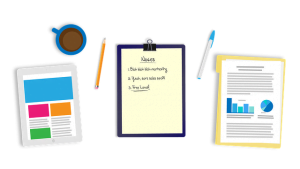
Planning
Proper planning is necessary for successful execution. The planning phase is where you will map out the steps for execution and determine how resources will be allocated. A budget should be created along each step to ensure all costs are accounted for. It’s important to get feedback from stakeholders, like your consumers or end-users, to ensure you’re taking all factors into consideration. For example, when launching a new HRIS, we held multiple conference calls that included HR and payroll end users, along with finance and IT. Each group spoke to what their needs were from an HRIS so that the project team could create a thorough plan.
Executing
Executing is when you begin to meet the deliverables you established during the planning phase. If you built a proper plan, the execution phase should go smoothly. Of course, you’ll run into a few hiccups or obstacles along the way, but your plan should be able to guide your HR project team through them. For example, when coordinating the annual benefits fair for our employees, one of our vendors backed out last minute. Fortunately, we had created a list of local vendors during the project planning phase and found a replacement quickly.
Closing
The closing phase is when the final product or service is delivered. It could be once an event is concluded or when the new system goes live. Reflection and documentation are important at this step. I always schedule a “lessons learned” meeting that highlights the successes of the project but also asks where we fell short. It gives key takeaways that can be applied to the next HR project or the next reiteration of that event.
Fyre Festival failed to set realistic expectations during the initiating phase, which lead to poor planning. A lack of planning made execution an epic fail. The project might be closed, but the festival’s leaders, employees, vendors, and guests are all still feeling the repercussions of the failed project lifecycle.


